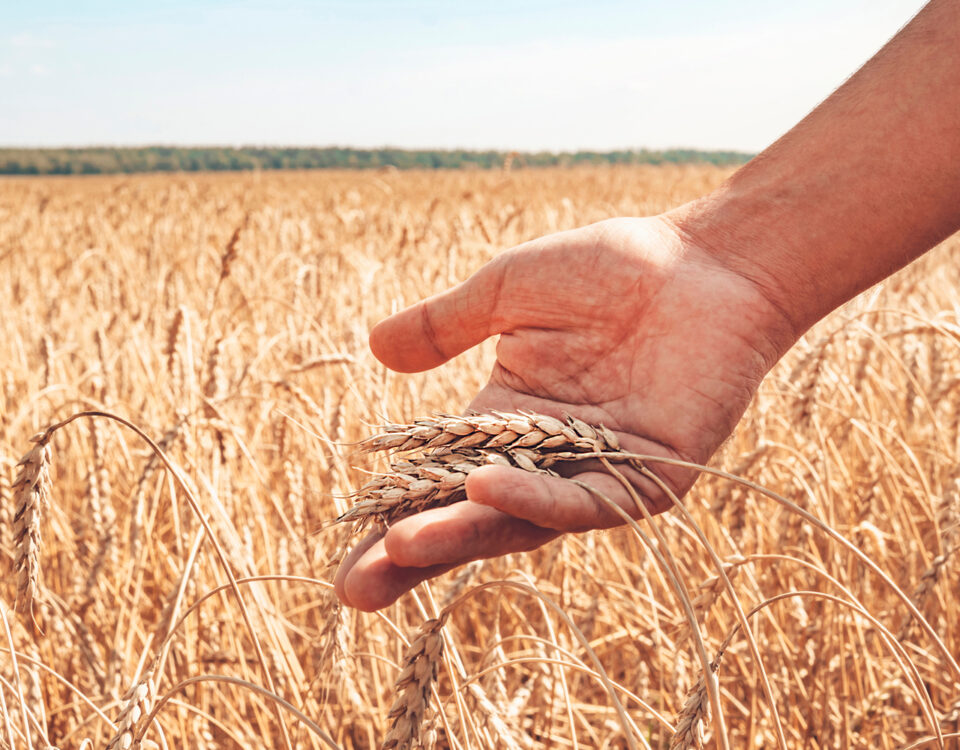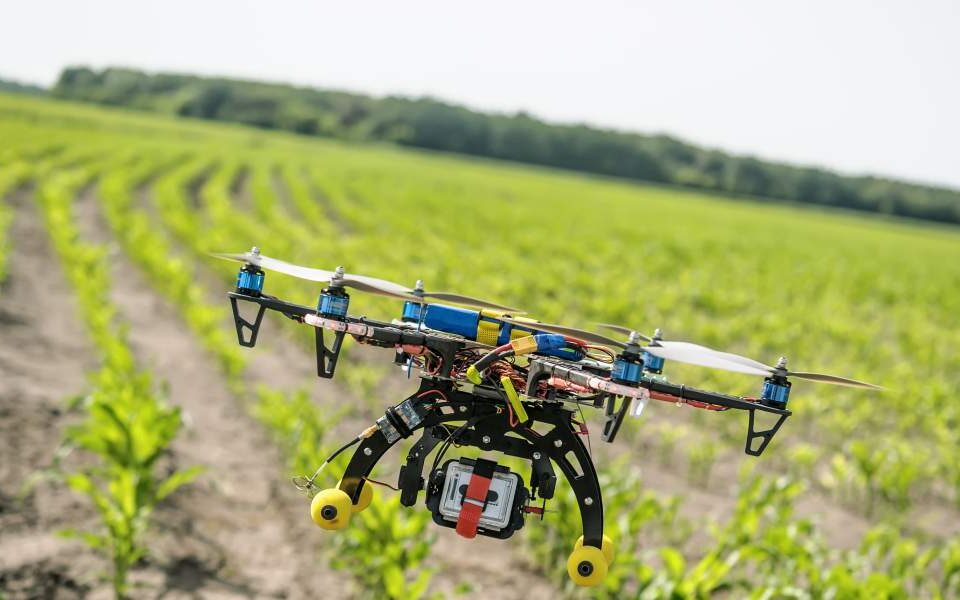
Best Time to Shop at Sabzi Mandi for Deals
September 3, 2024
Innovative Irrigation Techniques to Boost Productivity
September 5, 2024How to Prevent Soil Erosion in Agricultural Lands
Soil erosion is a major issue in agriculture, affecting crop yields, soil fertility, and the overall health of the ecosystem. Preventing soil erosion is crucial for sustainable farming and long-term agricultural productivity. In this blog, we’ll explore various techniques and strategies to help prevent soil erosion in agricultural lands.
Understanding Soil Erosion and Its Impact on Agriculture
Soil erosion occurs when the top layer of soil is removed by wind, water, or other natural forces. This layer is rich in nutrients, essential for plant growth. When this topsoil is lost, the land becomes less fertile, leading to decreased crop productivity. In addition to nutrient loss, erosion can lead to land degradation, decreased water retention in soil, and disruption of local ecosystems. Farmers must understand the causes and effects of soil erosion to take preventive measures.
Several factors contribute to soil erosion, such as deforestation, overgrazing, improper farming techniques, and natural elements like heavy rainfall and winds. These forces can strip away the topsoil, leaving the subsoil exposed, which lacks the nutrients plants need to thrive. Without intervention, eroded land can become barren, making it unsuitable for agriculture. Thus, addressing soil erosion is critical for both immediate crop success and the long-term sustainability of agriculture.
Adopting Conservation Tillage for Erosion Control
One of the most effective methods to prevent soil erosion is through conservation tillage. Unlike traditional tilling, which disturbs the soil and leaves it exposed to erosion, conservation tillage minimizes soil disturbance. In this method, crop residue from the previous season is left on the field, providing a protective layer that reduces wind and water erosion. By maintaining ground cover, the soil remains intact, and organic matter levels increase, improving soil health.
Conservation tillage also helps in water retention, reducing runoff and allowing more water to seep into the soil. This technique benefits farmers by not only preventing erosion but also enhancing soil moisture, which is crucial for crop growth. Additionally, it reduces labor and fuel costs as less plowing is required. For these reasons, conservation tillage has gained popularity among farmers as a sustainable solution to soil erosion and land degradation.
The Role of Cover Crops in Soil Stabilization
Cover crops are an excellent way to prevent soil erosion in agricultural lands. These crops, typically planted during the off-season, protect the soil from erosion by providing continuous ground cover. Some common cover crops include legumes, grasses, and brassicas. They help bind the soil together with their roots, preventing it from being washed or blown away. Cover crops also add organic matter to the soil, enriching it with nutrients and enhancing its structure.
In addition to erosion prevention, cover crops offer other benefits, such as improving soil fertility, enhancing biodiversity, and suppressing weeds. They can also help in breaking pest cycles, reducing the need for chemical pesticides. By integrating cover crops into crop rotation plans, farmers can ensure year-round soil protection and promote healthier, more productive land. This simple yet effective strategy is an essential tool in the fight against soil erosion.
Contour Farming and Terracing: Effective Erosion Solutions
Contour farming and terracing are ancient techniques still widely used to prevent soil erosion in hilly or sloped agricultural lands. In contour farming, farmers plant crops along the natural contours of the land rather than in straight rows. This practice helps slow down water runoff and reduces soil erosion. By following the natural shape of the land, water is absorbed more efficiently, and the risk of topsoil being washed away is minimized. Terracing, on the other hand, involves creating stepped levels on sloped land.
These terraces act as barriers, reducing water flow and preventing soil erosion. Both techniques are particularly useful in regions prone to heavy rainfall or where water runoff is a significant concern. By adopting these methods, farmers can maintain the integrity of their soil and improve water conservation, making sloped lands more viable for farming.
Planting Windbreaks to Combat Wind Erosion
Wind erosion is a common problem in flat, open agricultural lands, particularly in dry and arid regions. One effective solution to prevent wind erosion is to plant windbreaks, such as trees or shrubs, along the edges of fields. These windbreaks act as barriers, reducing wind speed and preventing soil particles from being blown away. Windbreaks also offer additional benefits, such as providing habitat for wildlife, improving biodiversity, and reducing the impact of extreme weather on crops.
Farmers can strategically place windbreaks to protect the most vulnerable parts of their land. For maximum efficiency, a combination of tree species with different heights and densities can be used. In addition to preventing wind erosion, these windbreaks can improve microclimates in fields by reducing temperature extremes and conserving moisture. This not only protects the soil but also enhances crop productivity in the long term.
Implementing Water Management Systems for Erosion Control
Water management is crucial in preventing soil erosion, especially in areas prone to heavy rainfall or irrigation. Poor water management can lead to surface runoff, which carries away valuable topsoil. To prevent this, farmers can implement water management systems, such as contour plowing, drip irrigation, and water diversion channels. These systems help control the flow of water, ensuring that it is absorbed into the soil rather than eroding it. One key aspect of water management is reducing surface runoff. Techniques like rainwater harvesting can help collect excess water, which can be stored for later use, reducing the risk of erosion during heavy rainfalls.
Proper drainage systems also ensure that water does not pool in fields, which can lead to soil compaction and erosion. By managing water effectively, farmers can not only prevent soil erosion but also conserve water, which is essential for sustainable agriculture. In conclusion, preventing soil erosion in agricultural lands requires a combination of strategies, from adopting conservation tillage and cover crops to implementing water management systems. By taking proactive measures, farmers can protect their soil, ensure long-term productivity, and contribute to a more sustainable agricultural future.
to read more agriculture related blogs on the website Click here.





